Pakistani Rugs: A Tapestry of Elegance
Roots of Traditional Pakistani Rugs
The art of rug making in Pakistan has deep roots, influenced by the diverse cultures and peoples who have traversed and settled in this land, from the ancient Indus Valley Civilization to the successive waves of Persians, Greeks, Arabs, and Mughals. Each of these cultures has contributed to the unique blend of styles, techniques, and motifs seen in Pakistani rugs.
Exploring the Diversity of Pakistani Rugs
Pakistani rugs, also known as "Pakistani carpets," are a testament to the rich tradition of craftsmanship in Pakistan. These handwoven masterpieces come in various styles and designs, making them a cherished choice for interior decor enthusiasts. Let's embark on a journey to discover the enchanting world of Pakistani rugs.
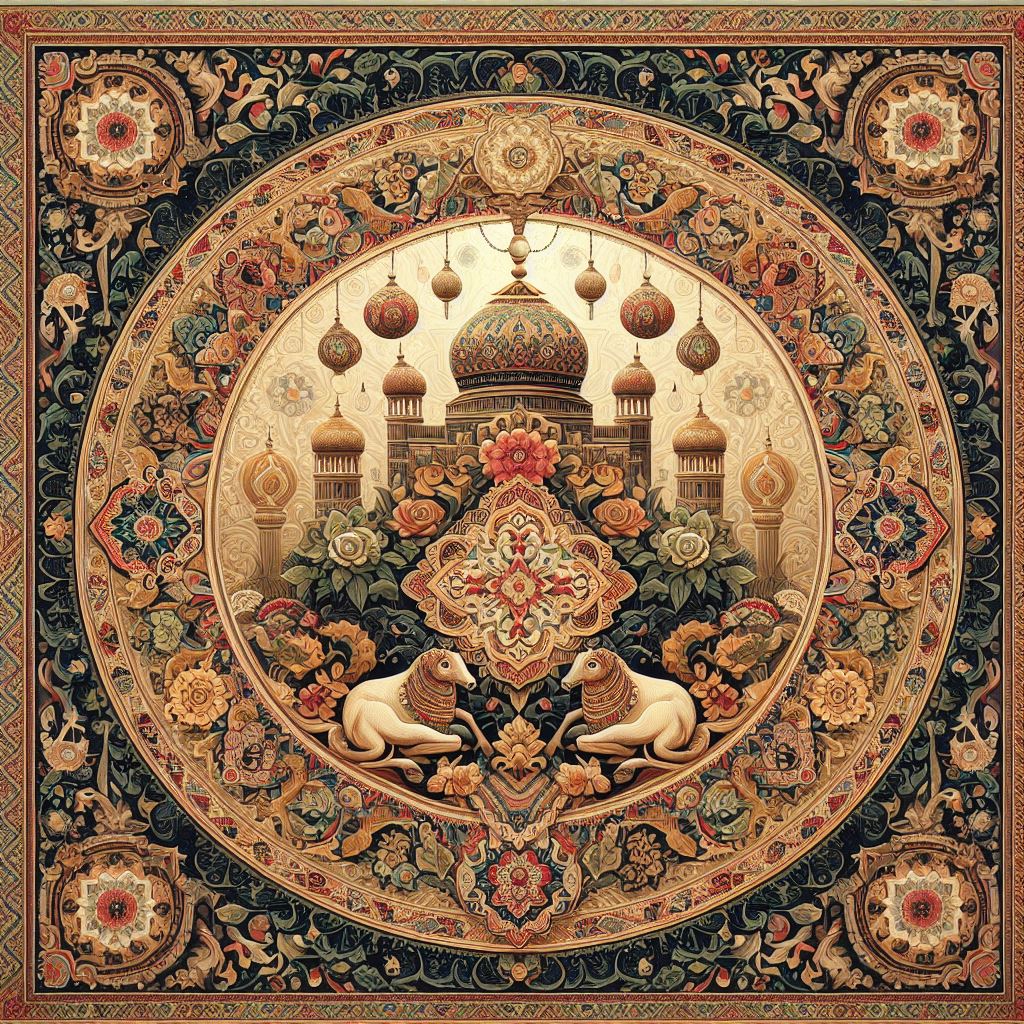
Historical Roots and Evolution of Traditional Rugs from Pakistan
Traditional Pakistani rugs embody a rich tapestry of cultural heritage and artisanal craftsmanship, tracing their origins back to the ancient civilizations that flourished in the region thousands of years ago.
The Mughal era, in particular, represents a golden age of rug making in the region, during which the craft was heavily patronized by the royalty and nobility. Mughal emperors, with their love for lavishness and art, introduced Persian techniques and designs, further enriching the local rug-making tradition. This period saw the introduction of intricate floral and geometric patterns, as well as the use of fine materials like silk and high-quality wool, which became hallmarks of Pakistani rugs.
Pakistani rugs are renowned for their diverse styles, which vary by region. The most famous types include Bokhara, Peshawar, and Baluchi rugs, each named after the region where they originated and known for their distinct patterns, colours, and weaving techniques. Bokhara rugs, for example, are characterized by their rich, deep colours and repeating geometric patterns, while Peshawar rugs are known for their softer hues and more subtle, intricate designs influenced by Persian artistry.
The traditional craft of rug making is passed down through generations, with artisans learning the skills from their elders in a long apprenticeship. These craftsmen and women use hand-spun wool and natural dyes derived from local plants and minerals, a practice that dates back centuries and contributes to the vibrant, lasting colours of the rugs. The meticulous process of hand-knotting the rugs can take months or even years to complete, depending on the size and complexity of the design, making each rug a unique piece of art.
Today, traditional Pakistani rugs are not only a symbol of the country's rich cultural heritage but also highly sought after by collectors and decorators around the world for their beauty, quality, and craftsmanship. Despite the challenges posed by modernization and the increasing availability of machine-made rugs, the traditional rug-making industry in Pakistan continues to thrive, supported by both local and international demand for these exquisite pieces.
Through their enduring appeal, Pakistani rugs serve as a testament to the skill, creativity, and cultural legacy of the Pakistani people.
The Artistry of Pakistani Bokhara Rugs
Understanding Pakistani Bokhara Rugs
Pakistani Bokhara rugs, characterized by their symmetrical patterns and striking red hues, are an iconic subset of Pakistani rugs. These rugs draw inspiration from the Turkmen tribes and showcase a distinct design language. Dive into the artistry and symbolism behind Pakistani Bokhara rugs, and explore their enduring appeal.
The Cultural Significance of Pakistani Bokhara Rugs
Beyond their aesthetic allure, Pakistani Bokhara rugs hold cultural importance. Discover how these rugs have been woven into the fabric of Pakistani traditions and rituals, often playing a vital role in social and religious ceremonies.
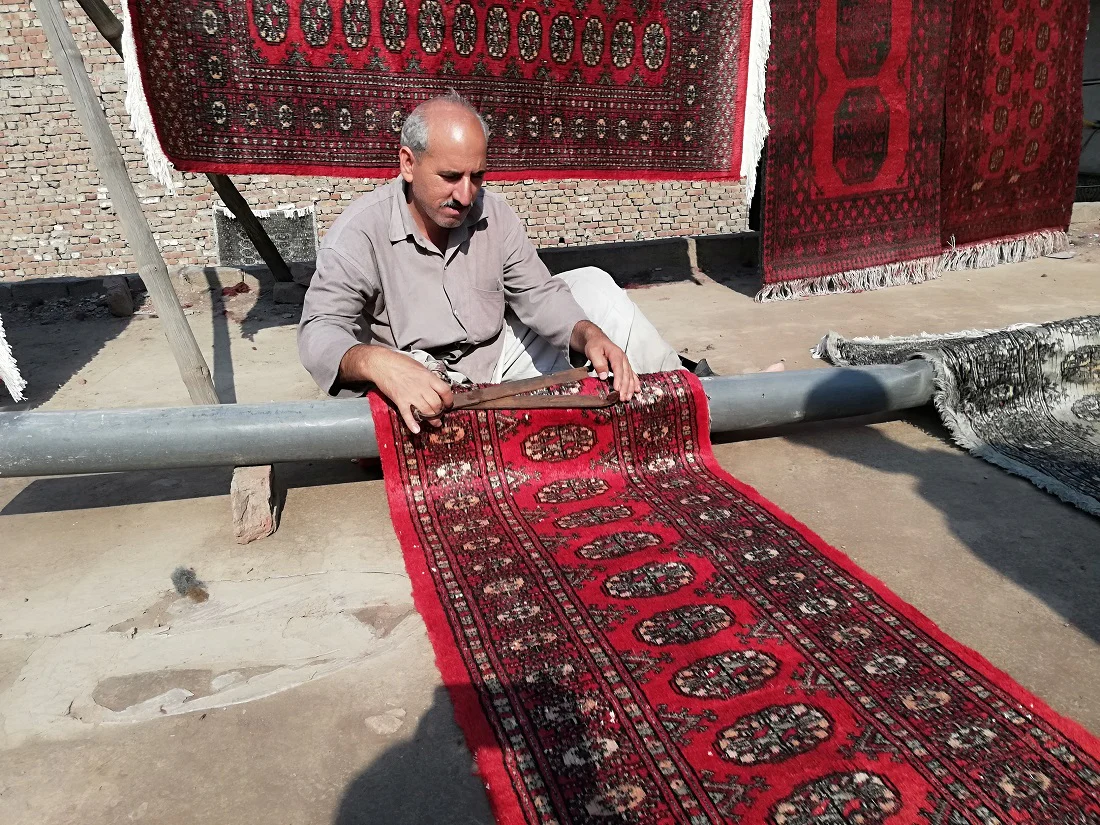
Joe Rugs - Carpet Expert
Hello! I'm Joseph Rugs, the founder of CarpetJoe.com and your guide through the intricate world of carpets. Born and raised in London with a deep-rooted passion for art and culture, I've explored the globe to bring the rich tapestry of carpet weaving right to your screen. My academic background in arts and humanities from Oxford has fuelled my curiosity, leading me to uncover the stories behind every knot and weave. As a family man, my adventures are shared with my loved ones, enriching our lives with every piece of art we encounter. Join me as we explore the beauty and craftsmanship of carpets together.
The Elegance of Pakistani Prayer Rugs
The Spiritual Significance of Pakistani Prayer Rugs
Pakistani prayer rugs are more than just floor coverings; they are sacred objects of devotion. Explore the spiritual significance of these rugs in the lives of Muslims and the role they play in daily prayers.
Design and Symbolism in Pakistani Prayer Rugs
Beyond their religious function, Pakistani prayer rugs feature intricate designs and symbols. Uncover the meanings behind these designs and how they enhance the beauty and significance of these rugs.

Common Types or Rugs
Each type of Oriental rug has its unique charm and story, making them more than just a luxury item; they are a piece of their country's cultural legacy. Collectors and enthusiasts of Oriental and Persian rugs appreciate them not only for their aesthetic appeal but also for their cultural, historical, and artistic significance.
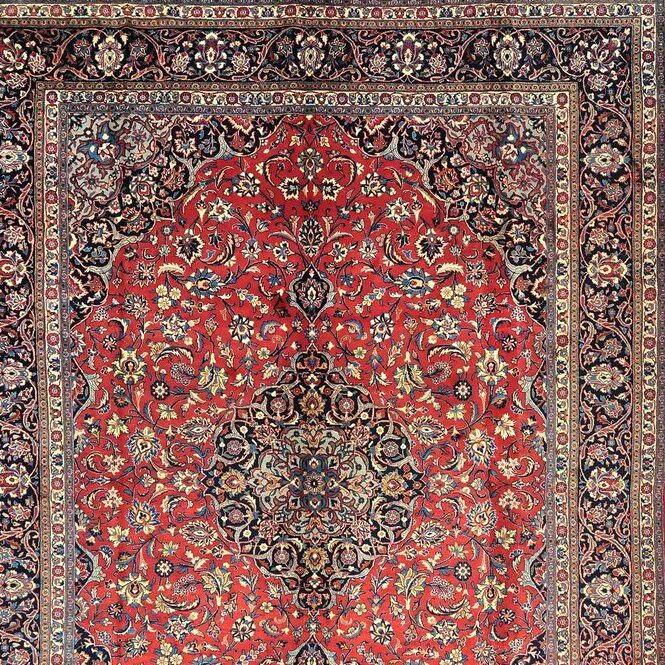
Persian Rugs
Originating from what is now modern-day Iran, Persian rugs are celebrated for their unparalleled craftsmanship and enduring beauty.
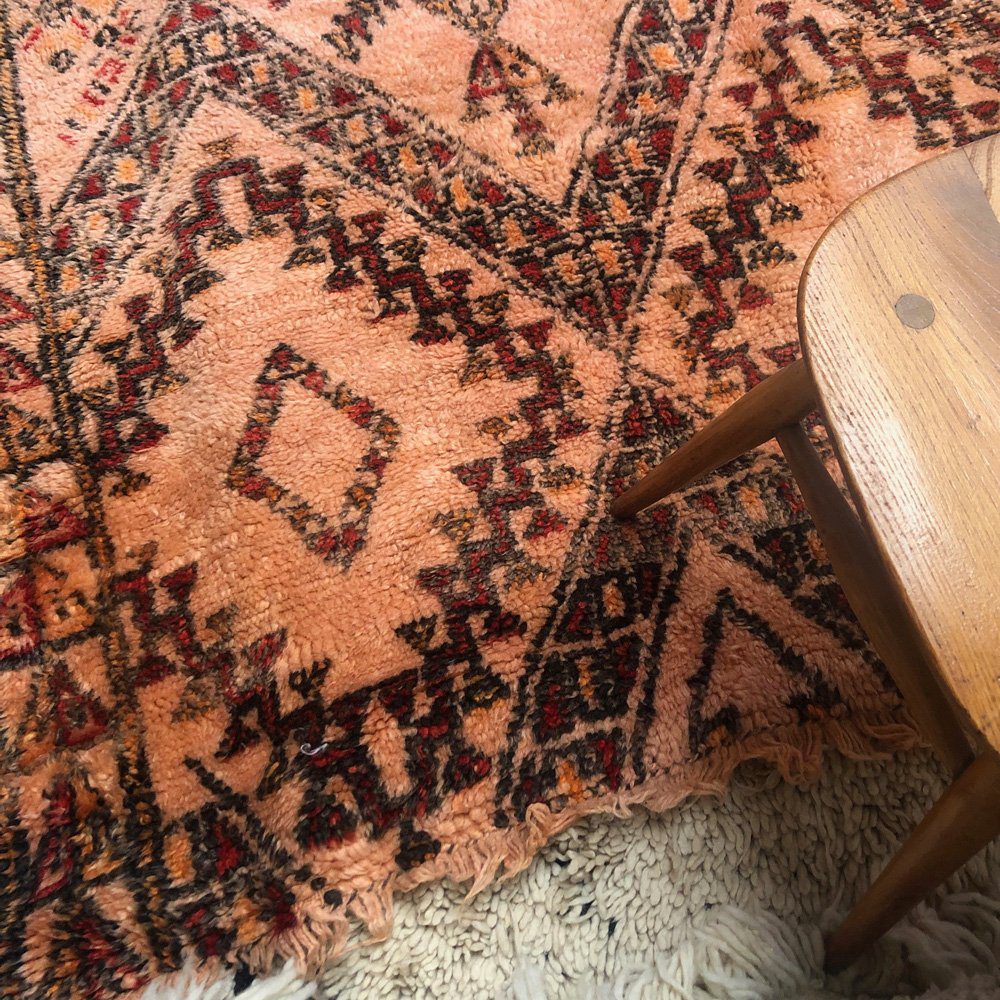
Berber Rugs
Originating from the Berber tribes of North Africa, particularly Morocco, this type of carpet is renowned for its rugged texture and resilient nature.
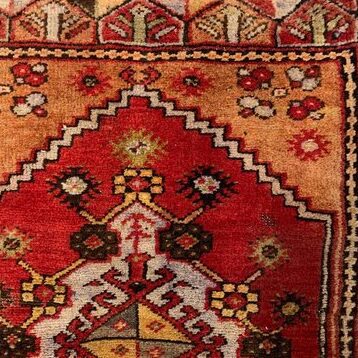
Turkish Rugs
Turkish rugs have a legacy steeped in history and artistry, and have always been a symbol of exquisite craftsmanship and cultural significance.
Frequently Asked Questions
Pakistani rugs are often simply referred to as "Pakistani rugs" or "Pakistani carpets." They are known for their diverse styles and designs, each reflecting the region's rich rug-making heritage.
Yes, Pakistani rugs are renowned for their exceptional quality. They are meticulously crafted by skilled artisans using high-quality materials, making them durable and sought after by collectors and enthusiasts worldwide.
A Pakistani Bokhara rug is a specific type of Pakistani rug known for its symmetrical design, typically featuring rows of octagonal guls (medallions) on a deep red background. These rugs draw inspiration from Turkmen designs and are prized for their beauty and cultural significance.
Pakistani rugs are considered valuable due to their exceptional craftsmanship, quality materials, and cultural significance. The intricate designs, handwoven techniques, and attention to detail make them a symbol of luxury and artistry.
No, a Pakistani rug is not the same as a Persian rug. While they share some design elements, they originate from different regions and have distinct styles. Persian rugs come from Iran, while Pakistani rugs are crafted in Pakistan.
The main differences between Persian and Pakistani rugs lie in their regions of origin, design motifs, and weaving techniques. Persian rugs are known for their elaborate floral patterns, while Pakistani rugs often feature geometric designs. Each carries its unique cultural and artistic heritage.

